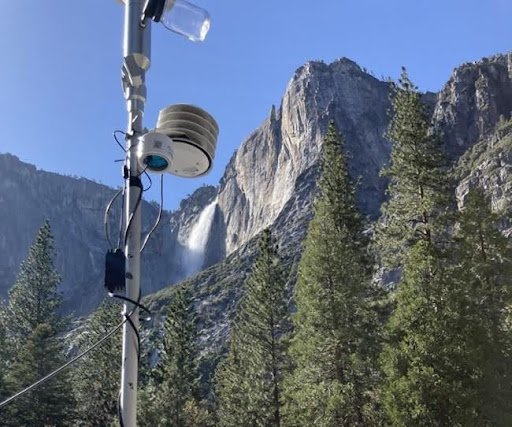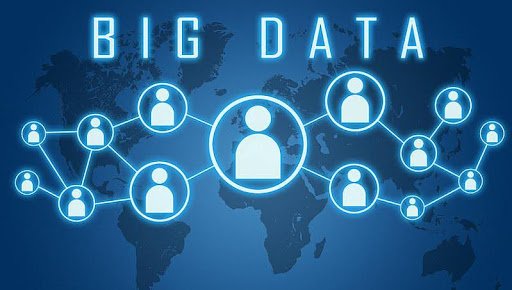Data from various city systems can offer real solutions to combat air pollution. What matters is how we use and apply it.
We all deserve to breathe clean air. But in many cities, that is becoming harder by the day. Pollution fills our lungs without warning. You can not always see it, but it is there, creeping into our homes, schools, and streets. While it may seem like a distant issue for some, for many, it is personal. Technology, though, is quietly stepping in to help. One of the most promising tools in this fight is something we often encounter yet do not always notice: data. Not just any data, but huge amounts gathered from all around us. When used smartly, this big data can help us track air pollution and act on it before it worsens, and that too, in real-time!
Big data is a large mix of information coming from many different places. It could be the air quality in your area, weather changes, traffic movement, or even reports from people like you and me.
The beauty of this data lies in what it can tell us when it is looked at together, i.e., it shows patterns. Those patterns help us see what is happening, what might happen next, and how we can respond in time.

Fighting pollution starts with knowing where it is coming from. Here are a few kinds of information that are helpful:
Each of these tells a small part of the story. But when put together, they paint the full picture.
So, how does all this help us in the moment, while the air is still turning bad? Here is how the pieces come together:
With enough information coming in regularly, experts can now predict when air quality is about to drop. This helps schools decide whether to keep kids indoors or local shops hand out masks in advance. People get time to prepare, not just react.
Many cities now change traffic routes based on pollution levels. If one road is choked with fumes, vehicles can be directed elsewhere. This reduces build-up and gives the air a chance to clear.

Rather than setting the same rule everywhere, cities can now focus on areas that really need attention. If one industrial zone is causing trouble, more strict checks can be placed there, instead of applying a blanket rule across the city.
Many people now check air quality on their phones, just like the weather. If the numbers are bad, they skip the morning jog or switch on a purifier. These small steps, when taken by many, make a big difference.
Over time, data shows where pollution keeps building up. This helps city planners add more green spaces, shift bus stops, or avoid placing schools near busy roads.
Air pollution is not just a news headline, it is the air we breathe every second. While we can not see it with our eyes, we now have something that can. The steady stream of real-world data, when used the right way, helps us understand what is really happening around us. It is not about fancy tools or buzzwords. It is about using what we know to make life safer, cleaner, and a little more breathable.
For those building tech solutions, the message is clear: keep it human, keep it local, and keep it real-time, because every breath counts.